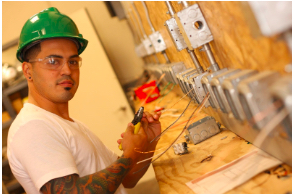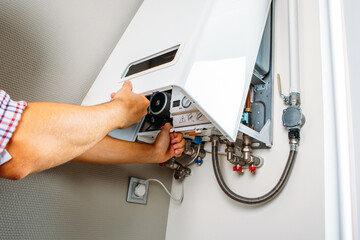Low hanging system is a 7-step program that teaches you how to build a print-on-demand business. This means you don’t have to stock products – you sell designs, and they print and ship them on your behalf.
Don Wilson created the course with his girlfriend, Rachel Rofe, who works with him. They are both successful online entrepreneurs with several products and software. Click low hanging system reviews to learn more.

The low-hanging system is a great way to make money online. It can be used as a part-time income or even as a full-time business. It is a proven system that can help you start your POD (print-on-demand) company with little to no investment. It also offers a variety of software tools that will streamline the process. These tools include a shopper and seller management tool, a niche searcher, and a product creator. These tools will save you time and money while helping you create micro-niche products.
Another great thing about the low-hanging system is that it teaches you to use multiple platforms to sell your products. This is important because it will allow you to reach a larger audience and increase your chances of making sales. It will also allow you to avoid the common mistakes that most new businesses make.
The program is not a get-rich-quick scheme, requiring hard work and dedication. It is a good option for people looking to earn extra income, but there are better choices for those who want to quit their jobs and pursue this business full-time. The course owners, Rachel Rofe and Don Wilson have a long history of successful business ventures and e-commerce projects. They are known to have a good understanding of the print-on-demand industry, so they have a high chance of delivering a high-quality course.
Finding a profitable niche to make the most money from your print-on-demand business would be best. This is something that Rachel goes over in her training program. She claims she can teach you how to find these lucrative niches using her software tools. These include SpotWins and SpotNiches, designed to help you locate profitable items in demand.
In addition to these software programs, Rachel gives you access to free resources to help you find profitable niches. These include templates for products like mugs, posters, and jewelry. These are designed to be easy to edit and customize to create a unique product that appeals to your target audience. This is a great way to create a unique brand and increase sales.
In addition to this, the training teaches you how to use software to optimize your images and titles. This is important for increasing your search engine rankings and attracting more traffic to your website. It also helps to create eye-catching ads that will attract more potential buyers. The training also covers other marketing strategies, including affiliate marketing and drop-shipping. This will help you reach your goals more quickly and efficiently.
Low Hanging System teaches you how to make money by selling print-on-demand products like T-shirts and mugs. You provide the graphics that will be printed on your product, and then a fulfillment service prints and ships the item directly to the customer. The course also includes a special tool called SpotNiches and SpotWins software that helps you find profitable niches. It also teaches you how to get your designs on the front page.
You’ll also learn how to come up with catchy slogans for your products, and the course even offers a list of popular sayings that have already been proven to be good sellers. The course also provides several free patterns that you can use to create your designs. However, these patterns are not original and may be duplicated by other sellers. It is important to be able to come up with unique and original designs if you want to stand out from the competition.
The creator of this program, Don Wilson, has created several other successful courses and online businesses in the past. He makes money when you sell a mug through the system so it may seem like a conflict of interest to some people.
Once you’ve figured out what kind of product you want to sell, it’s time to get the word out. The training will walk you through creating and using keywords on all e-commerce platforms. This is an important step that many people miss, but it’s essential if you want to succeed in this business.
Finally, the training will teach you how to promote your products on social media and other online marketing channels. It’s a great way to increase your sales and brand awareness. The course will also help you create a mailing list to notify your customers of upcoming sales.
While the Low Hanging System isn’t a scam, it isn’t a magic bullet that will make you rich. You’ll still need to work hard to make money with print-on-demand. However, the training provides a good starting point for those looking to start a profitable home business.
In addition, the course teaches you how to use software to find profitable niches and design ideas for mugs, t-shirts, pillow covers, and other products. This can save you much time and money, much faster than finding them alone. It also allows you to test your designs before putting them on your products so that you can avoid making costly mistakes.
The program also teaches you how to get your products listed on online marketplaces and set up automated fulfillment services. This can reduce overhead costs and allow you to focus on marketing your business. It also teaches you how to use a design forecaster program that predicts how many designs you need daily to meet your sales targets.



